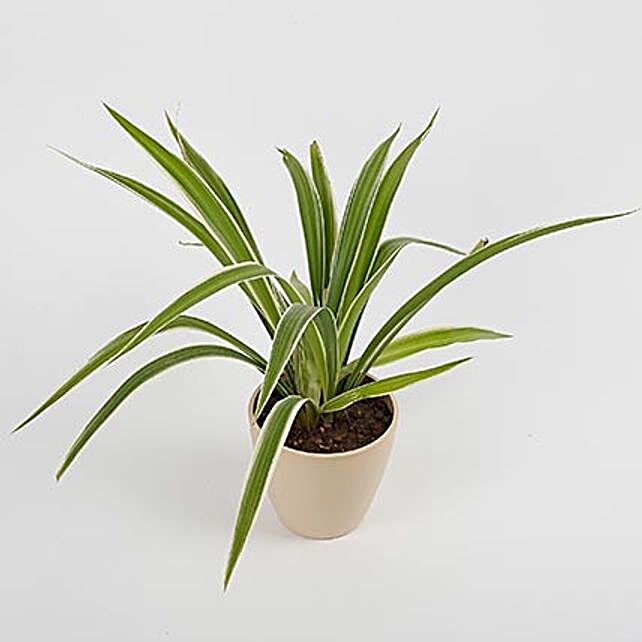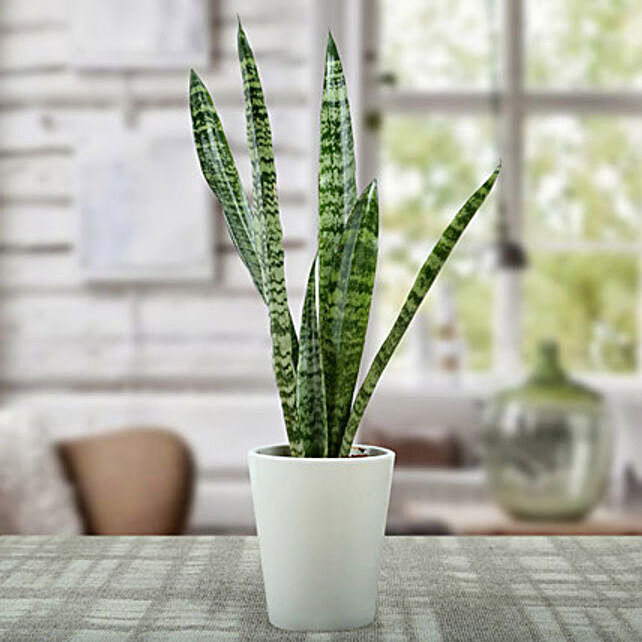Ok, so the legal rule laid by the Supreme Court was to burst firecrackers only between 8-10 PM during the 5-days Diwali festival. But, seems like people opted to enjoy a bit more by bursting a few more crackers. Last year was terrible due to the “enjoyment” with firecrackers and this year too the precautionary measures failed. Eyes are itching, respiratory diseases are rising, and skin irritation is also observed – as a repercussion of our cracking (pun intended) Diwali celebration. When the AQI of Mumbai, Pune, & Ahmedabad remains “Very Poor”, the AQI of Delhi-NCR is “Severe”. The capital’s pollution level after Diwali has almost doubled in comparison to 2017 and entered the “severe-plus emergency” category which is ten times the permissible limit.
Believe it or not, These Diwali crackers lead to the overall AQI to an emergency level of nearly 1,000 after midnight raising the density of the most toxic, fine particulates to about 40 times the safe limit. Safar, the Central Pollution Monitoring System says that the win is playing a major role in further dispersing the toxic materials. Whatever damage had to be done is already done by the population and thus now we all have to act well and clean our home (read cities). The Anti-Pollution Authorities have come up with several guidelines like shutting down of industries that burn coal or biomass, ban on construction, excavation, and stone-cutting works, ban on burning of wastage, ban on heavy vehicles.
At the grass-root level, people like me and you can bring a change definitely by adding more and more air purifying plants to our home, office, and every other place where possible.
Golden Pothos:
The common names for this Pothos plant are Devil’s Ivy, Ceylon Creeper, Hunter’s Robe, Ivy Arum, Silver Vine, Solomon Islands Ivy, and Taro Vine. This Golden Pothos is one of the best plants for the beginners as it can sustain low light and low water conditions. Thus, this Post Diwali hazard that you all are facing can be easily mitigated by placing this plant. The suitable location can be your bathroom or your office cabin where light is really low. Another great thing to know about this plant is that – it can grow even in nutrient-low soils! So, buy this plant and bring to your home or office & gift it to your loved ones who are also dealing with health hazards!
Areca Palm:
Due to the humongous Diwali celebrations in Delhi-NCR with firecrackers the presence of the most dangerous microparticles, PM 2.5 was found in the air. This microparticle can pierce the lungs and also enter the bloodstream causing much health hazard. Now, in this situation, most doctors are suggesting to stay indoors. So, stay indoors and order an Areca Palm plant online. Why? Because an Areca Palm plant would absorb harmful pollutants from indoor & outdoor air to provide you a better air. Your respiratory tract diseases would also diminish. This plant grows very fast (approximately 6 to 10 inches of growth per year) and thus, you can keep it outdoors in your garden, lawn, or balcony. It would be nice to border your garden area or terrace with nice Areca Palm plants.
Boston Fern:
The scientific name of Sword Fern or Boston Fern is Nephrolepis Exaltata. This plant would require partly sunny and partly shady in a moist weather condition to aid you the best. The long, narrow, and bushy leaves add beauty to anywhere you place it. You may opt to place it in your kitchen area or hang it upside down from your balcony ceiling. As a lovely divide between your flowering plants in your garden also, Boston Fern would be a nice option. NASA guarantees the power of Boston Ferns in removing harmful toxins from the atmosphere. So, without any delay, bring this plant at your home & office and breathe well! Just remember that the Boston Fern loves a well aerated, well-drained, and high water-holding capacity medium so that the fern does not get dry!
Spider Plant:
The other names of Spider Plant are Airplane Plant, St. Bernard’s Lily, Spider Ivy, and Ribbon Plant. The scientific name is Chlorophytum comosum. This plant has lots of rich foliage and tiny white flowers. A spider plant battles benzene, formaldehyde, carbon monoxide, and xylene. This plant can valiantly face extreme weather condition and thus this current AQI also won’t affect this plant. Instead, you would be safe around this plant. Just remember to provide Spider Plants a well-drained soil and bright but indirect light and see them flourish.
Sansevieria Plant:
Due to the snake-like appearance, this plant is also known as Snake Plant. Another popular name is Mother in Law’s Tongue. This plant holds the power of absorbing an excessive amount of Carbon Monoxide. Moreover, Sansevieria Plant emits a large amount of oxygen and filters out other toxins like xylene, benzene, trichloroethylene, formaldehyde, etc. In this “severe” pollution level, bring this plant home and stay healthy. Place it in a colorful pot and keep it near the window or along the stairs.
Clean up the mess this Diwali has brought with air purifying plants like the ones mentioned above. You may also opt for Peace Lily Plant, Peperomia Plant, Song of India, Schefflera Plant, or Rubber Plant, etc. You obviously cannot hope for a drastic change immediately. But with these plants in your home or office, you can at least clean your own environment!
You Might Also Like:











